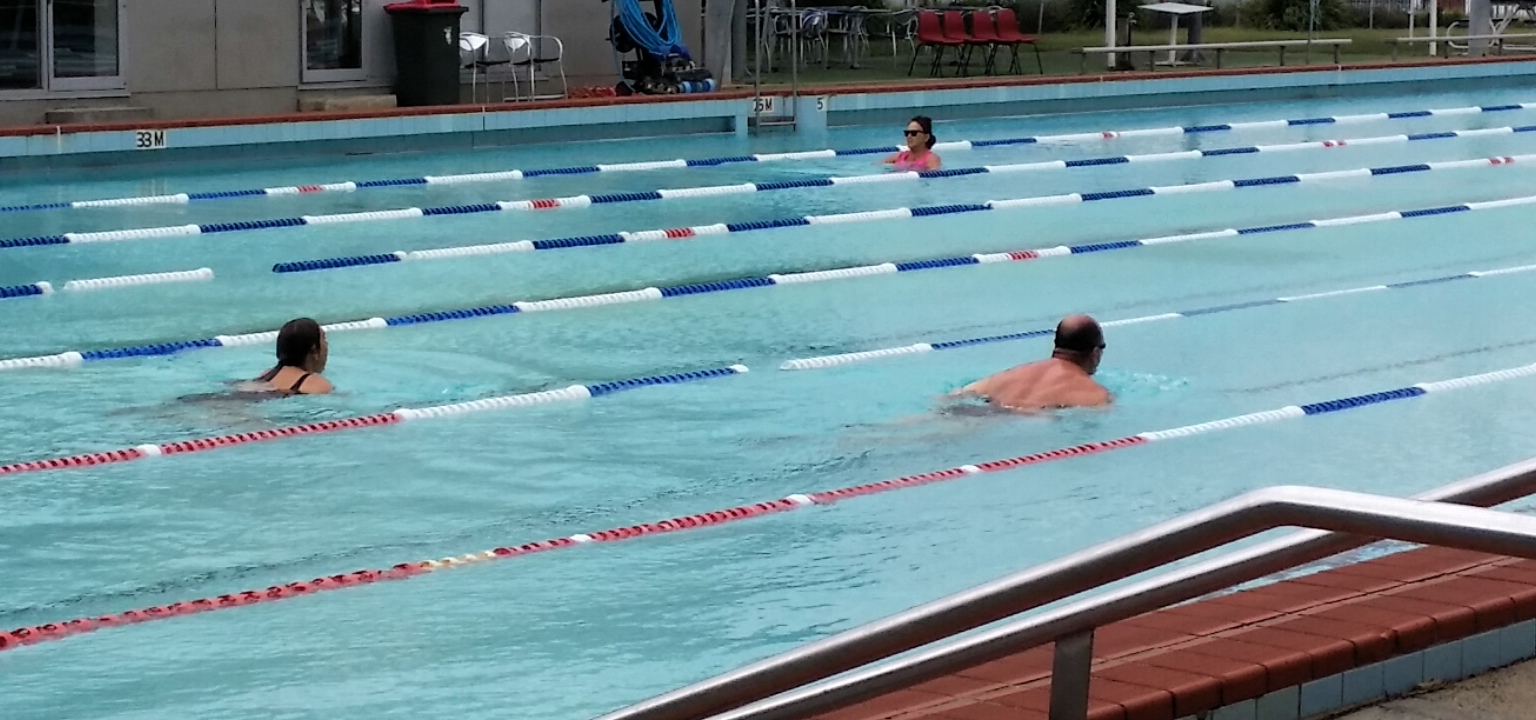When it comes to osteoarthritis, a little understanding goes a long way.
What is Osteoarthritis?
Osteoarthritis (OA) is a condition in which the cartilage, which acts as a cushion in our joints, wears away. As a result, the benefits of cartilage are lost, and bones of the joints rub closer together causing pain and swelling. This can also lead to decreased ability to move and the formation of bony spurs in the joint.
It effects 8% of the Australian population, approximately 1.8 million people.
The most commonly affected areas of OA include the knees, hips, spine and hands.
What is Osteoarthritis caused by?
Osteoarthritis is often regarding as joint wear and tear due to its incidence increasing with age. However there are many other factors that contribute to its development:
Weight
Being overweight puts additional pressure on the hip and knee joints, in fact recent research has shown that for every pound of weight lost, there is a 4 pound reduction in knee joint stress among overweight people with osteoarthritis.
Heredity
Genes past down from your parents may make you more likely to develop knee OA or inherit other bony or biomechanical abnormalities that can lead to increased risk of developing OA.
Injury and Overuse
If you have previously suffered from a serious injury to the joint you are more likely to develop OA in that area. Certain careers that put repetitive stress on joints, e.g. standing for long periods, bending or heavy lifting can also make the cartilage wear away quickly.
What are the symptoms?
Symptoms include:
~ Pain that increases with activity and eases with rest
~ Swelling
~ Warmth/redness in the joint
~ Stiff knee, especially in the morning
If you are suffering any of these symptoms contact one of our Physiotherapists at Jubilee Sports Physiotherapy for management options.
How is Osteoarthritis diagnosed?
To diagnose osteoarthritis, our physiotherapists will collect information on your personal and family medical history and also perform a physical examination.
Sometimes an X-ray may be needed to determine the extent of OA and plan your management.
There is a 50% prevalence of OA changes on x-ray in people over 65 years, and almost everyone over 85 years have evidence of OA on x-ray. However not everyone with these changes suffer from symptoms.
Management of Osteoarthritis
Unfortunately there is no cure for osteoarthritis however physiotherapy interventions are available to help manage symptoms such as pain, stiffness and swelling, improve joint mobility and flexibility.
Physical Activity
Physical activity is one of the most beneficial ways to manage OA. Simple activities such as walking can help reduce pain and maintain a healthy weight. Other exercises that are easy on the knees include stationary cycling, swimming and water aerobics. You should be aiming for about 30 minutes of exercise 5 days per week. However, start small, around 10 minutes and increase as you improve. Muscle soreness is normal when you start to exercise and it is okay to work though it, however don’t ignore excessive pain in your joints.
Weight Management
Excess weight adds additional stress to our joints, therefore losing weight can help reduce pain and limit further damage. As well as physical activity, diet is an essential component in managing weight loss.
Strengthening Exercises
Strengthening exercises are also important as they help build the muscles around the affected joints to reduce the burden of those joints and reduce pain.
Stretching Exercises
Gentle stretching can also help improve flexibility, decrease stiffness and reduce pain. A regular stretching program prescribed by your physiotherapist as well as exercise classes such as yoga are great ways to manage stiffness.
One of the Physiotherapists can prescribe you with a personalised strength and flexibility program to suit your symptoms and abilities.
Orthopaedic Management
If joints are severely damaged and physiotherapy management has not been successful joint repair or replacement surgery may be necessary. Eligible patients will be referred to an orthopaedic surgeon to perform these procedures.
What if I can’t afford physiotherapy every week? Can I just go to the gym or do the exercises on my own?
General non-prescribed exercises given to clients without sufficient education can increase pain and reduce function.
Exercises should be appropriate for your condition, your health, your lifestyle and your likes and dislikes. After taking a thorough history of your condition, your limitations and your lifestyle, one of our Physiotherapists can design a program that is safe and maximize your improvement.
We will show you how to manage your arthritis via a program, which involves education, exercise, and lifestyle advice. Typically after the initial consultation, you would see the physiotherapist a week later to answer any questions, ensure you are doing the exercises correctly and re-evaluate the function of your joint. As long as you are happy with your progress, you may not need to see the physiotherapist for another 3-4 weeks to review and upgrade your exercises.
If you have any questions regarding osteoarthritis and its management or would like to consult with one of the Physiotherapists at Jubilee Sports Physiotherapy, please contact our Caringbah practice on (02) 9540 9400 or our Kareela practice (02) 9528 2200.
























